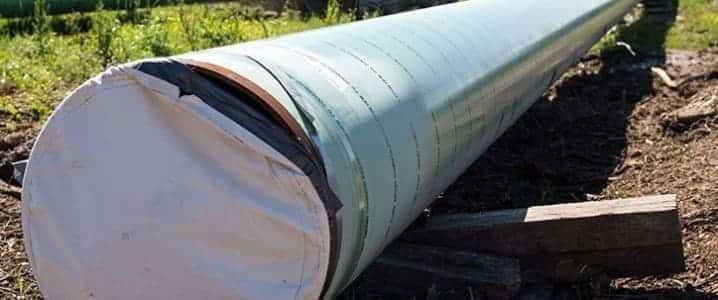North America Leads $370 Billion Global Push For Oil & Gas Pipelines
This year, the United States became the world’s biggest liquefied natural gas (LNG) exporter. This is as deliveries to energy-starved buyers in Europe and Asia surged. In the current year, five developers have signed over 20 long-term deals. They are to supply more than 30 million metric tons/year of LNG or roughly 4 Bcf/d, to energy-starved buyers in Europe and Asia. Let’s talk more about Oil & Gas Pipelines.
Unfortunately, whereas the United States has the world’s largest backlog of near-shovel-ready liquefied natural gas projects, takeaway constraints including limited pipeline capacity are seen as the biggest hurdle to the growth of the sector. In the Appalachian Basin, the country’s largest gas-producing region churning out more than 35 Bcf/d, environmental groups have repeatedly stopped or slowed down pipeline projects and limited further growth in the Northeast. Indeed, EQT Corp.(NYSE: EQT) CEO Toby Rice recently acknowledged that Appalachian pipeline capacity has “hit a wall.”
Luckily, the Permian Basin and Haynesville Shale are still able to shoulder much of the growth forecast for LNG exports. This includes pipeline development. Analysts at East Daley Capital Inc. have projected that U.S. LNG exports will grow to 26.3 Bcf/d by 2030 from their current level of nearly 13 Bcf/d. For this to happen, the analysts say another 2-4 Bcf/d of takeaway capacity would need to come online. Ideally between 2026 and 2030 in the Haynesville.
And it appears the U.S. is up to the task.
According to RigZone, initial findings from Westwood’s upcoming onshore pipeline market forecast has revealed that between 2022 and 2028, the world will spend ~$369B on 310,000km of new oil and gas pipelines, with North America responsible for the lion’s share. The forecast says that 205,000km, or two-thirds of total installations, will be gas pipelines, with several projects already lined up in the United States.
Click here to read the full article
Source: Oil Price
If you have further questions about the topic related to Oil & Gas Pipelines, feel free to contact us here.




Leave a Reply
Want to join the discussion?Feel free to contribute!